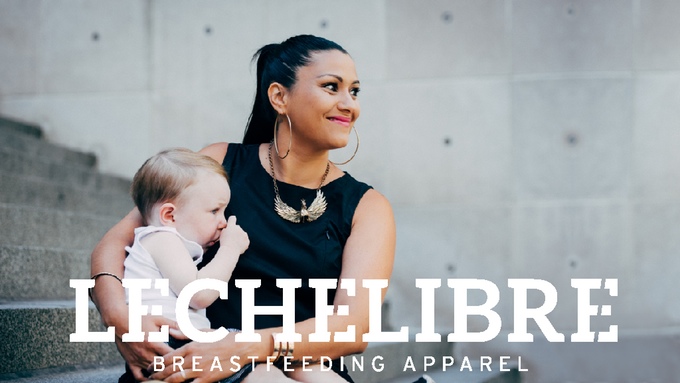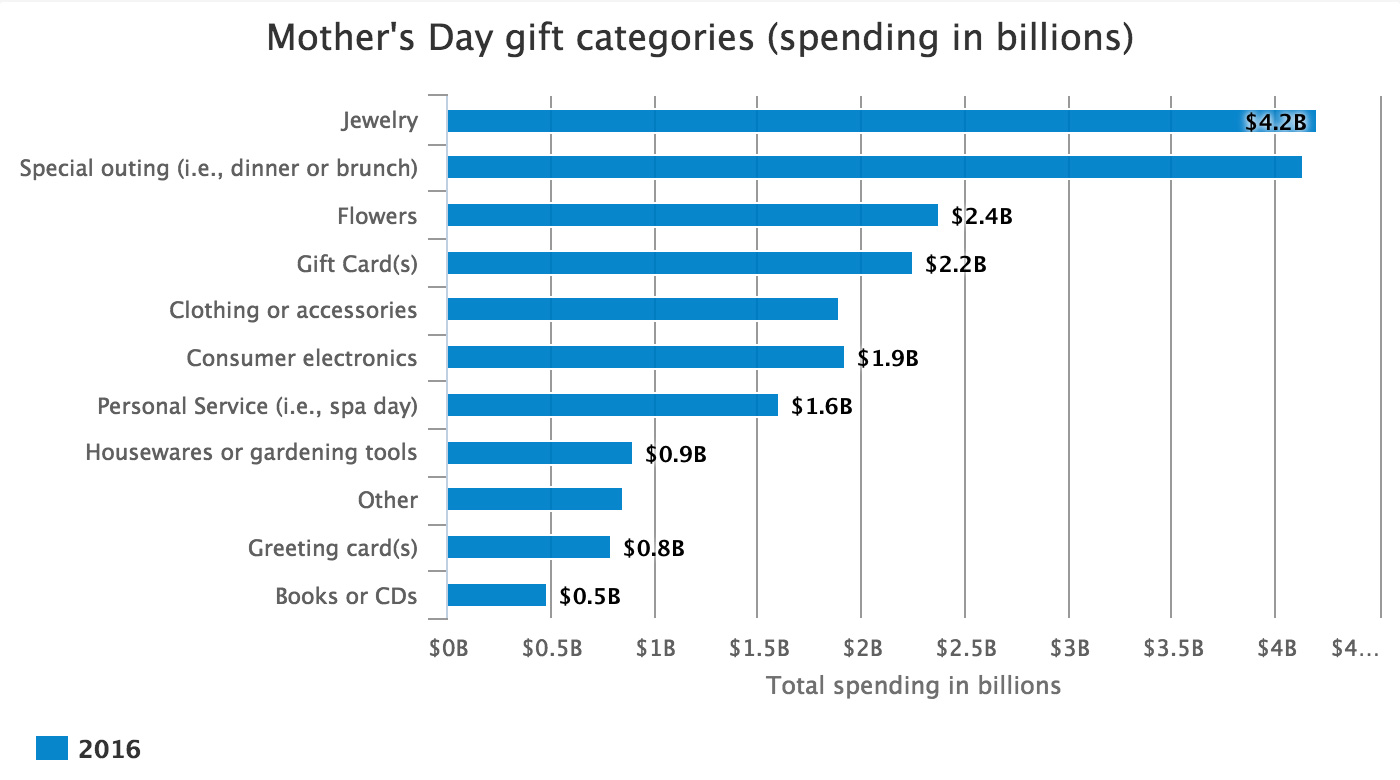Breastfeeding gets such a bad rap these days. At least breastfeeding in public. It's ok for adults to eat in public, but not babies. I don't understand why people feel so uncomfortable seeing a woman do one of the most natural functions known to humankind.
Many women are often met with "You should take that to a restroom!"
Do we need to discuss public restrooms people?
Half the time their unsuitable for peeing, let alone feeding an infant. Who the hell wants to eat in a room that smells like poop? Or worse?
Although this clothing line may not take away any of the stigma of public breastfeeding, it at least makes it easier for mothers to get their breast out and back in again quickly. A line equipped with numerous zippers and cool style, it's made public (and non-public) nursing that much easier.
Although this clothing line may not take away any of the stigma of public breastfeeding, it at least makes it easier for mothers to get their breast out and back in again quickly. A line equipped with numerous zippers and cool style, it's made public (and non-public) nursing that much easier.
We all deserve to eat in peace. This includes the lil' bambinos who still need mommy's breast to survive. Way to go Leche Libre! You've freed the nipple all while providing a stylish way to do it. Moms everywhere take off their hats to you..
And their bras.
- WTS
#freethenipple #feedthechildren

Andrea Newberry didn't go to an expensive design school or work for years in fashion houses before starting Leche Libre. She felt the sea of stretch jersey and spaghetti straps among nursing tops and dresses left her feeling frumpy. As for style, nobody's out there winning awards for cool breastfeeding design. Up until now, nursing moms might as well put their personalities on a shelf. Refusing to lose her sense of self and personal expression, Newberry took on the problem using the fundamentals of pre-school education: if you can't go around it, and you can't go through it, you have to go over it — with really cool zippers.
And with that, Leche Libre was born.
Just zip and sip, baby.
Besides the technical triumphs of Leche Libre, the designs are just damn cool. Newberry's collection presents true closet staples — the little black dress, the structured black jacket/sweatshirt, the effortlessly cool tunic — that women can wear with confidence long after the baby's been fed. And this ain't no fast fashion falls-apart-in-one-wash rodeo. Moms deserve something sturdy and they get it with this line.
What you get with Leche Libre:
- BOTH stylish and functional nursing apparel with looks you'll want to wear whether you're breastfeeding or not.
- Zippers along the bust provide easy and discreet nursing access so you can never worry about breastfeeding in public again.
- Nurture yourself AND your baby at the same time with styles that allow you to represent your individuality while being the best mom you can be.
- Versatile garments perfect for professional settings with easy pumping access!
- Garments which are ethically manufactured in the USA to empower women on both sides of the transaction.
To support and/or order from Leche Libre:
https://leche-libre.backerkit.com/hosted_preorders and pre-order one of the new items in the collection.
I think this line is FAB! The holidays are among us. This would be a great present for any new or nursing mothers you may know. The combination of style and functionality is truly a gift.
Source
Author
Leche Libre Facebook


























